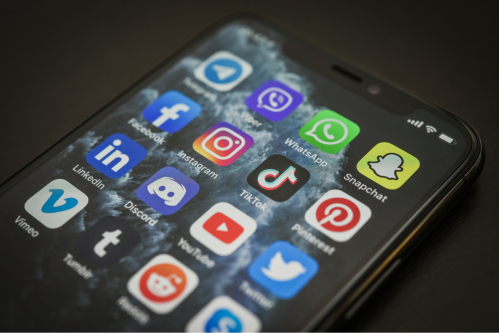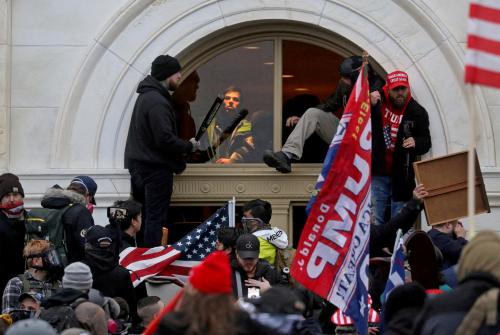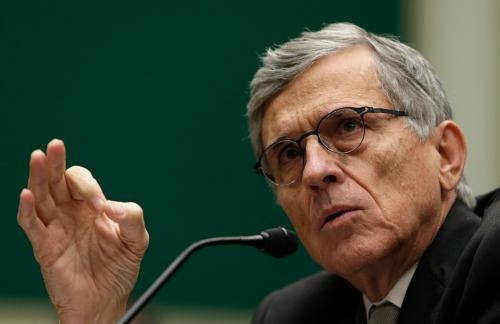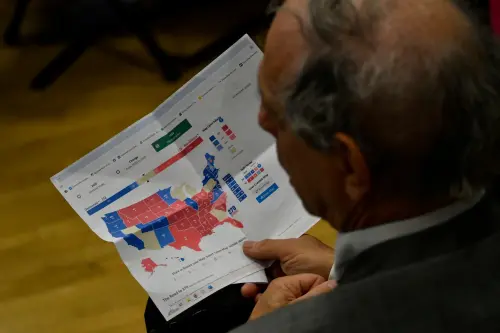Perhaps the single most important question relating to the role of government with respect to social media is this: Can the largest social media companies be regulated as common carriers? This question is particularly timely given two recent federal appeals courts decisions.
If the answer is no, as the Eleventh Circuit concluded in a May ruling, then the largest social media companies are largely free to decide which content and users to allow and prohibit from their platforms. If the answer is yes, as the Fifth Circuit concluded in September, then the government at both the federal and state level has broad authority to compel the biggest social media companies to host content and users they would otherwise prefer to block. Put another way, if social media companies are regulated as common carriers, they will have much less flexibility and autonomy than they have exercised to date in performing content moderation.
In this post, I’ll try to very briefly lay out what I think are some of the strongest arguments on either side of this issue. Before doing so, I’ll state my view up front: I think that the First Amendment should prevent government attempts to regulate social media companies as common carriers. This is a view that plenty of people, including some federal appeals court judges, share. But there are also plenty of people—including some federal appeals court judges and at least one Supreme Court Justice—who do not hold that view, and their perspectives merit consideration as well.
What is—and is not— a common carrier?
It’s helpful to start by listing some of the categories of corporate entities that everyone agrees are common carriers: the companies that operate railroads, ferries, and telephone (including cellular) systems. These companies hold themselves out to the general public as providers of transportation or communications services. Because they are common carriers, they must provide these services without discrimination against or in favor of particular persons, groups, or (in the case of communications services) content.
For instance, a railroad company can’t refuse to sell a ticket to a prospective passenger because it disapproves of the passenger’s political views. A cellular telephone network service provider can’t decline to offer service to a prospective customer because it disapproves of the content of the phone conversations it expects the customer to conduct.
By contrast, there is also universal agreement that newspapers are not common carriers. Their editors are free to decide the topics and tone of articles, and are free to accept or decline article and op-ed proposals based on factors including the viewpoints expressed. In fact, it is the combination of these decisions that creates the identity of the newspaper.
Social media companies do multiple things, not all of which implicate debates about common carrier status. Few people would suggest that social media companies are common carriers with respect to providing recommendations. Rather, the common carrier question arises in relation to decisions to block people or content from social media sites.
Some arguments that social media companies should not be common carriers
Here are some arguments that people (including me) who believe that social media companies should not be considered common carriers can make: First, social media companies are private entities that have First Amendment rights to decide what content, and which users, to allow on their sites. A social media company is engaging in expressive conduct when it curates the content on its site through a combination of promoting, suppressing, filtering, or removing posts or users.
Second, in enacting Section 230 in 1996, Congress understood that the online ecosystem would be more likely to thrive if the companies hosting user-posted content perform content moderation. To promote that activity, Congress provided in Section 230(c)(2)(A) that providers of “interactive computer services” (which today includes social media companies) are not liable for “any action voluntarily taken in good faith to restrict access to or availability of material that the provider or user considers to be obscene, lewd, lascivious, filthy, excessively violent, harassing, or otherwise objectionable, whether or not such material is constitutionally protected.”
With respect to the enumerated categories of content, U.S. law thus encourages social media companies to perform precisely the sort of content-based discrimination that is off-limits to common carriers. At the very least, this suggests that Congress did not consider “interactive computer services” to be common carriers. It could even be argued that Section 230 preempts state legislatures from regulating social media companies as common carriers.
Third, if the largest social media companies are deemed common carriers and, as the Texas social media law addressed by the Fifth Circuit ruling would require, are (subject to certain exceptions) prevented from blocking content based on the “viewpoint” of the user, that opens the door to all sorts of enormously problematic policy consequences. Some users might argue that racist speech is merely expressing a “viewpoint,” and that as a common carrier subject (in Texas) to Texas law, the social media company therefore cannot remove it or take steps to impede its propagation. Analogous assertions might be made with respect to a long list of content that a social media company has a strong interest in blocking, including posts promoting false medical cures, Holocaust denial, and so on.
Some arguments that social media companies should be common carriers
Here are a few arguments in favor of the idea that social media companies can be regulated as common carriers (caveat: I’m presenting these arguments, not agreeing with them): First, they hold themselves out to the public to provide a service enabling people to communicate with one another. In that respect, they are just a more recent technological manifestation of communications technologies that previously included the telegraph, landline telephone systems, and cellular networks—all of which are regulated as common carriers.
Second, while social media companies have First Amendment rights with respect to their own speech, they do not have an unconstrained right to suppress the speech of others. In this respect, they are like a telephone company. A telephone company is free to express its own views on issues it deems important. For instance, it can take public stances on proposed legislation that would impact its business. It is not free, however, to prevent people from conversing over its networks to express views it disfavors.
Third, Section 230 supports, rather than undermines, a common carrier classification because it provides a liability shield through ensuring that the speech of a social media site’s users is not the speech of the company that runs the social media site. Therefore, if the government compels a social media site to host disfavored content, it is not compelling the company itself to speak, but is rather compelling the company to refrain from blocking a third party from using its infrastructure to speak.
In More Depth
A lengthier post on this issue would also discuss the Supreme Court decisions holding that private entities such as shopping centers (in Pruneyard Shopping Center v. Robins in 1980), private universities (Rumsfeld v. FAIR in 2006), and cable television companies (in Turner Broadcasting System v. FCC, in 1994 and 1997) can be required to host speakers whose messages they would not otherwise choose to convey. Proponents of regulating social media companies as common carriers argue that these rulings support their position. Opponents argue that they are distinguishable, as Pruneyard and Rumsfeld didn’t implicate the private entity’s own speech, and Turner involved broadcasting, a domain where First Amendment protections are lower.
It is also worth noting that shopping centers, private universities, and cable companies are not common carriers. That the government was nonetheless able to compel them to host speakers helps underscore that common carrier status, as important as it is to determine, isn’t the whole story. The First Amendment rights of non-common-carrier private entities can involve shades of gray.
In sum, there is much more to be said on this issue than can be captured in a post this short. A more extensive treatment of the justifications for and against viewing the largest social media companies as common carriers are provided, respectively, in the Fifth and Eleventh Circuit opinions mentioned above. In addition, my UCLA colleague Eugene Volokh has recently published a law review article on this topic that goes into far more detail.
I’ll close by repeating my view that regulating social media companies as common carriers would contravene the First Amendment. It would also create a cascade of problematic consequences, including making many online spaces even more toxic than they are today. But I also recognize that these companies and the services they offer don’t fit neatly into traditional categories that made it easy to distinguish who is (e.g., telephone companies) and is not (e.g., newspapers) a common carrier.







Commentary
Social media companies and common carrier status: a primer
October 27, 2022